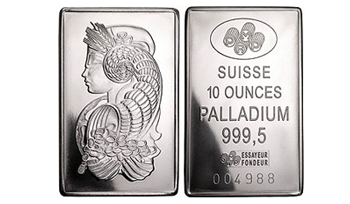Palladium IRA

Canadian Maple Leaf
This coin was issued from 2005 to 2007 and again in 2009. Created by the Royal Canadian Mint, it is considered the most popular palladium bullion coin.
I am text block. Click edit button to change this text. Lorem ipsum dolor sit amet, consectetur adipiscing elit. Ut elit tellus, luctus nec ullamcorper mattis, pulvinar dapibus leo.





